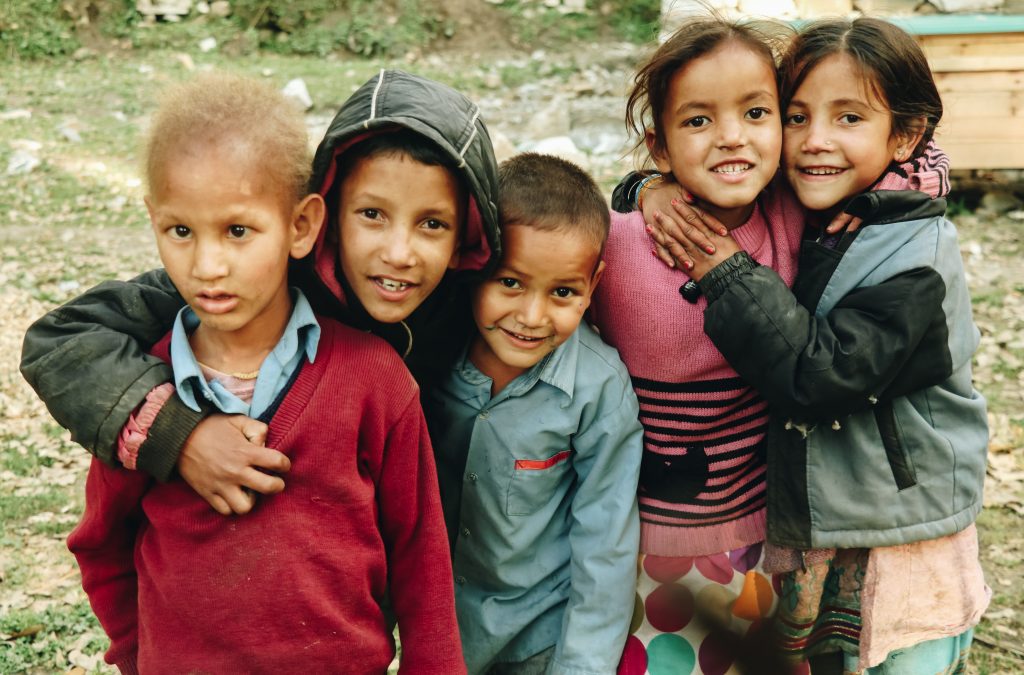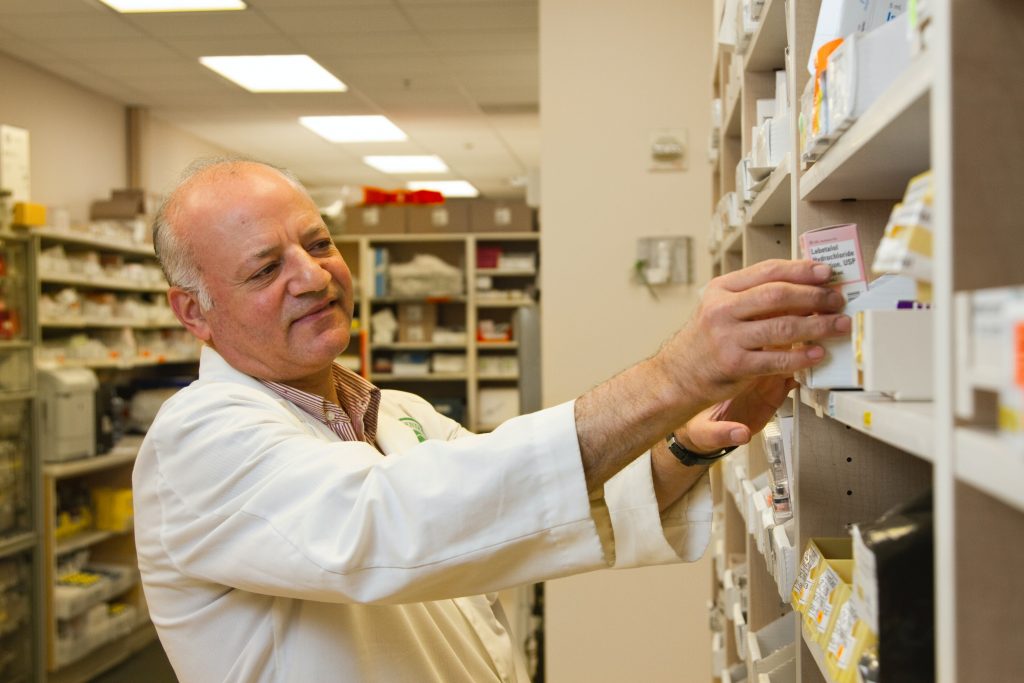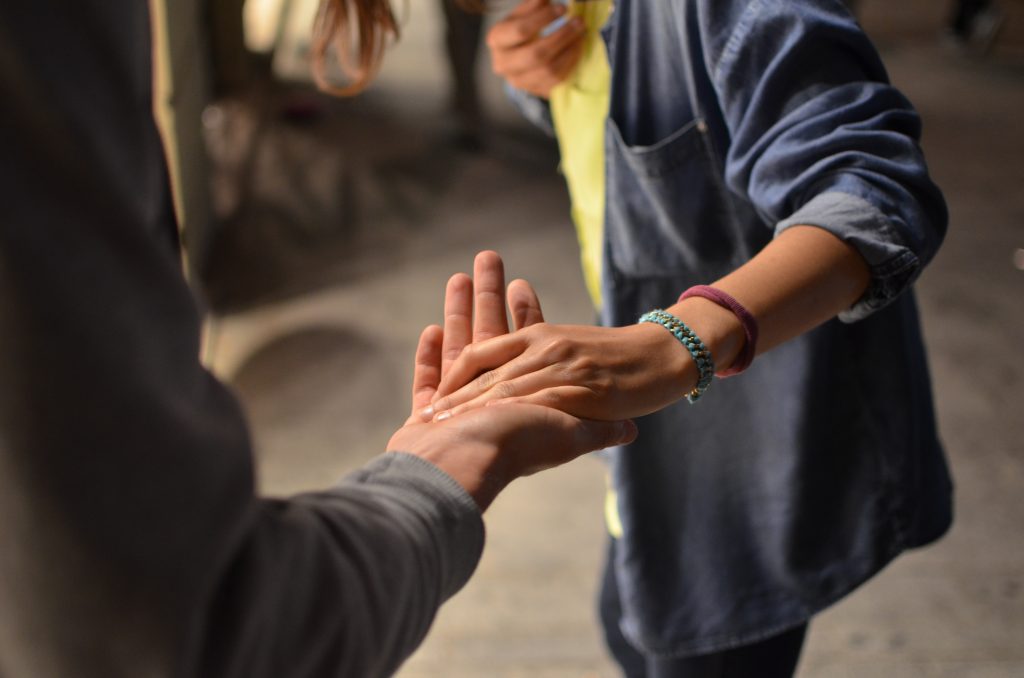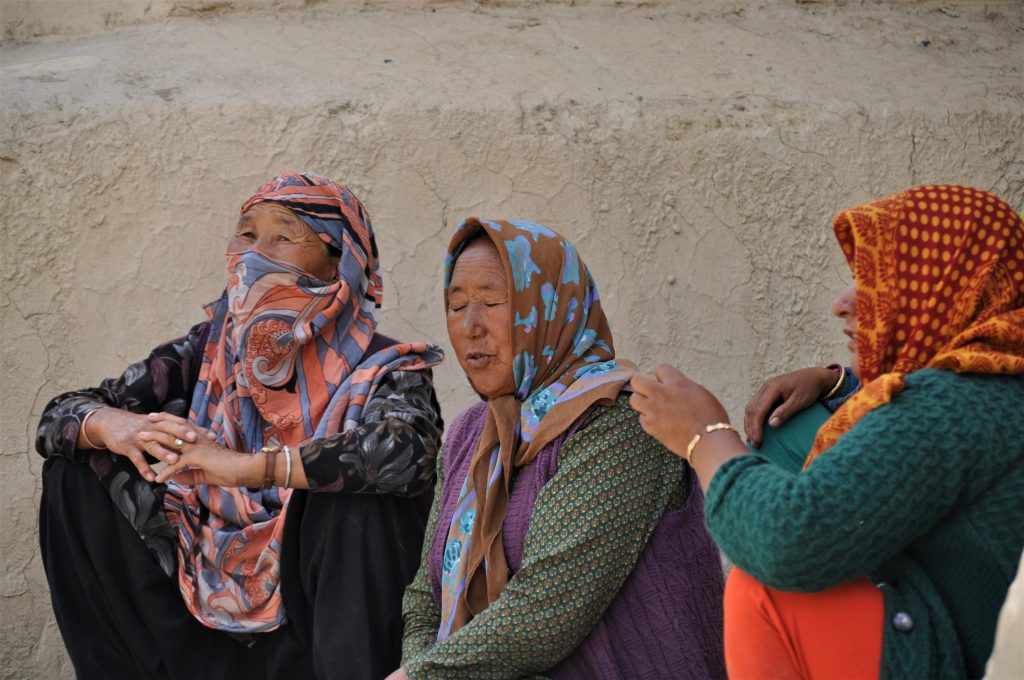CSR Partnership
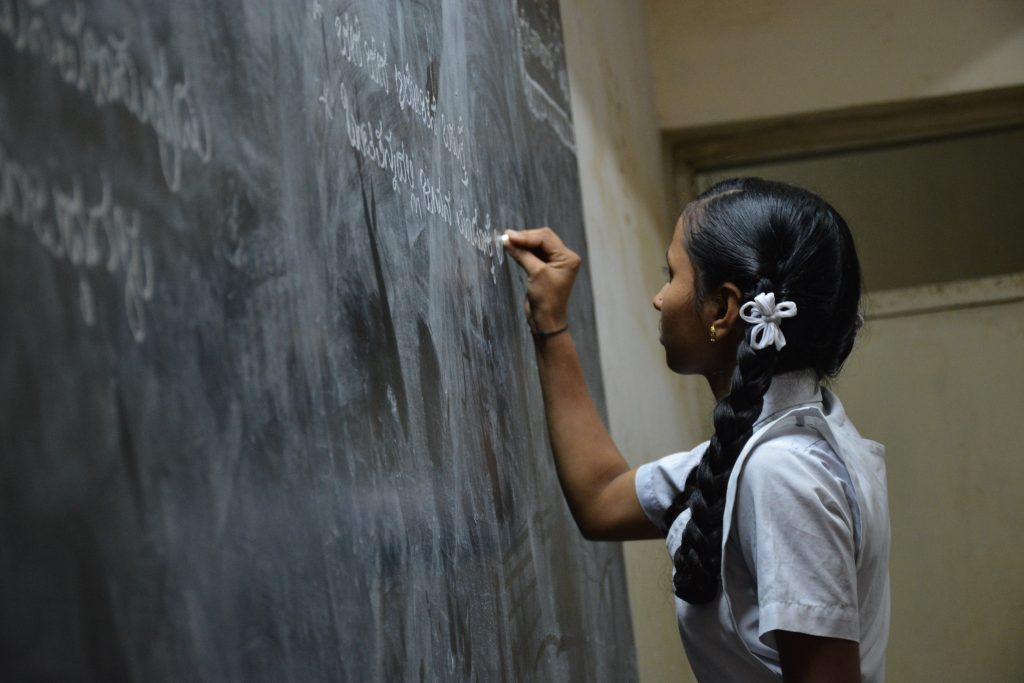
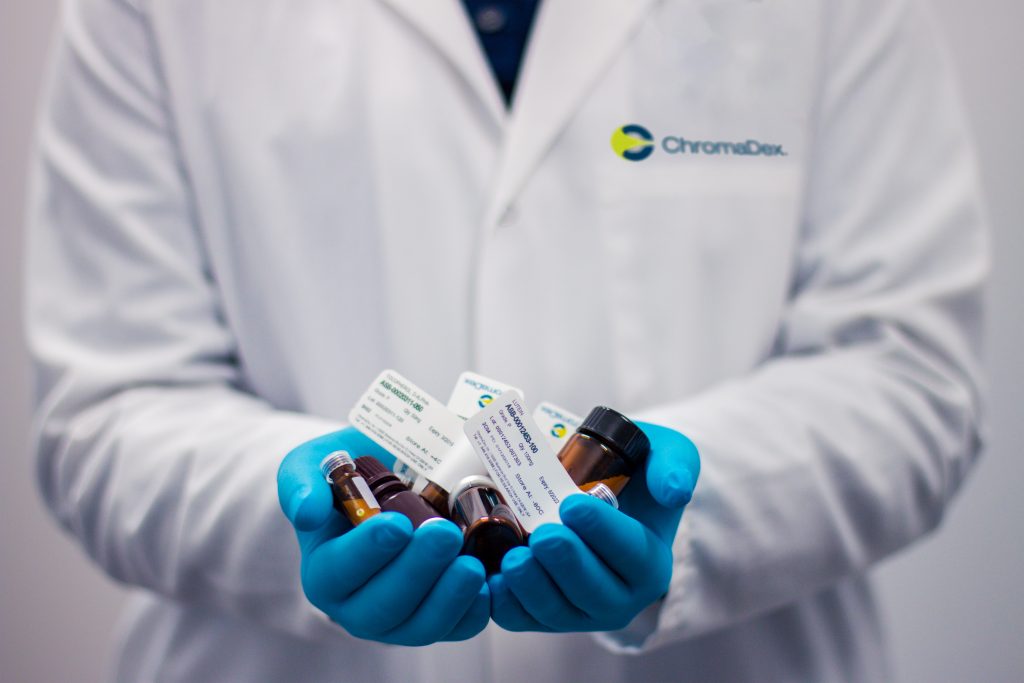
1. Establishing fund: A corporate can establish a fund and as many people as the fund allows will be treated. Details and genuine discharge summary of all the patients will be given to the corporate on an annual basis.
2. Area-wise treatment: Corporate can choose to fund just the patients of a particular region.
3. Disease wise treatment: Corporate can choose to fund patients of just a set of diseases. Corporate can choose the disease whose patients’ treatment will be funded.


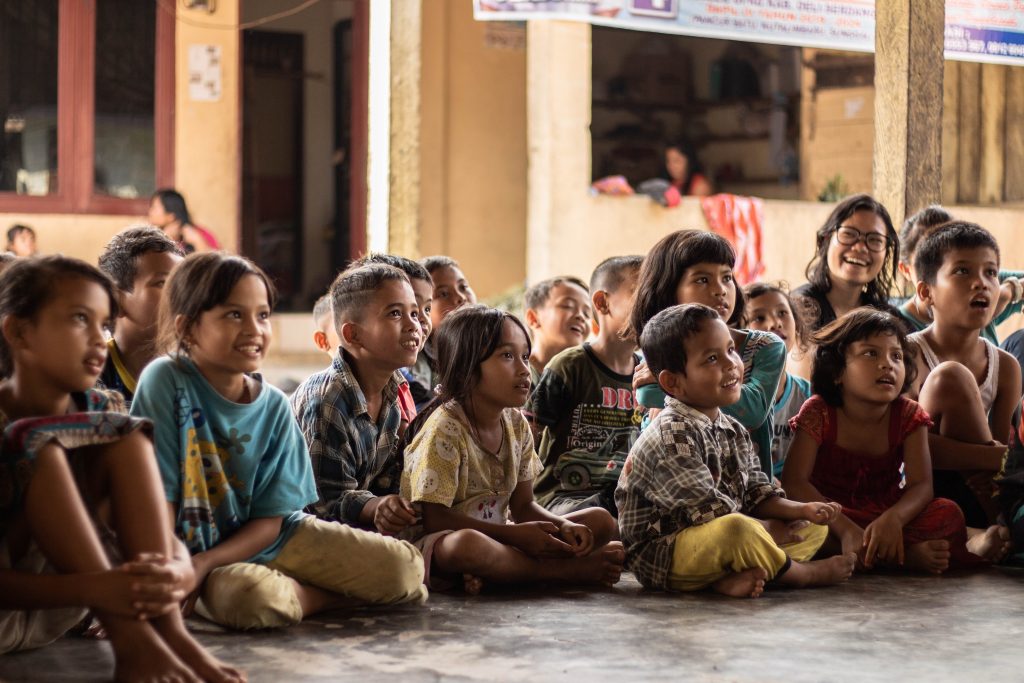
The vast majority of rural communities depend heavily on rain-fed agriculture for their livelihoods. The availability of water and the quality of soil therefore dictate their economic health. But with the right resource management and agricultural techniques, along with skilling and training, vulnerable communities can be better placed to tackle the vagaries of nature




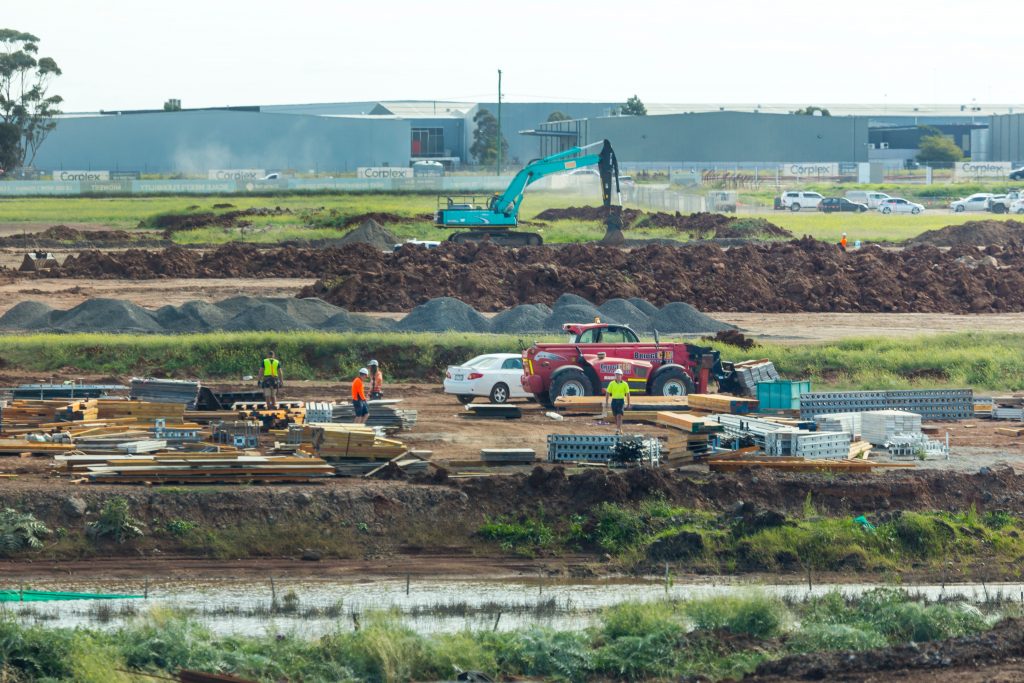
It was estimated about 70 per cent of the rural population was still deprived of the basic necessities of life. For the purpose of extending the benefits to rural people, a new scheme was launched and legislation was enacted under the name ‘National Rural Employment Guarantee Act’ (NREGA).
